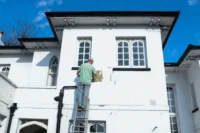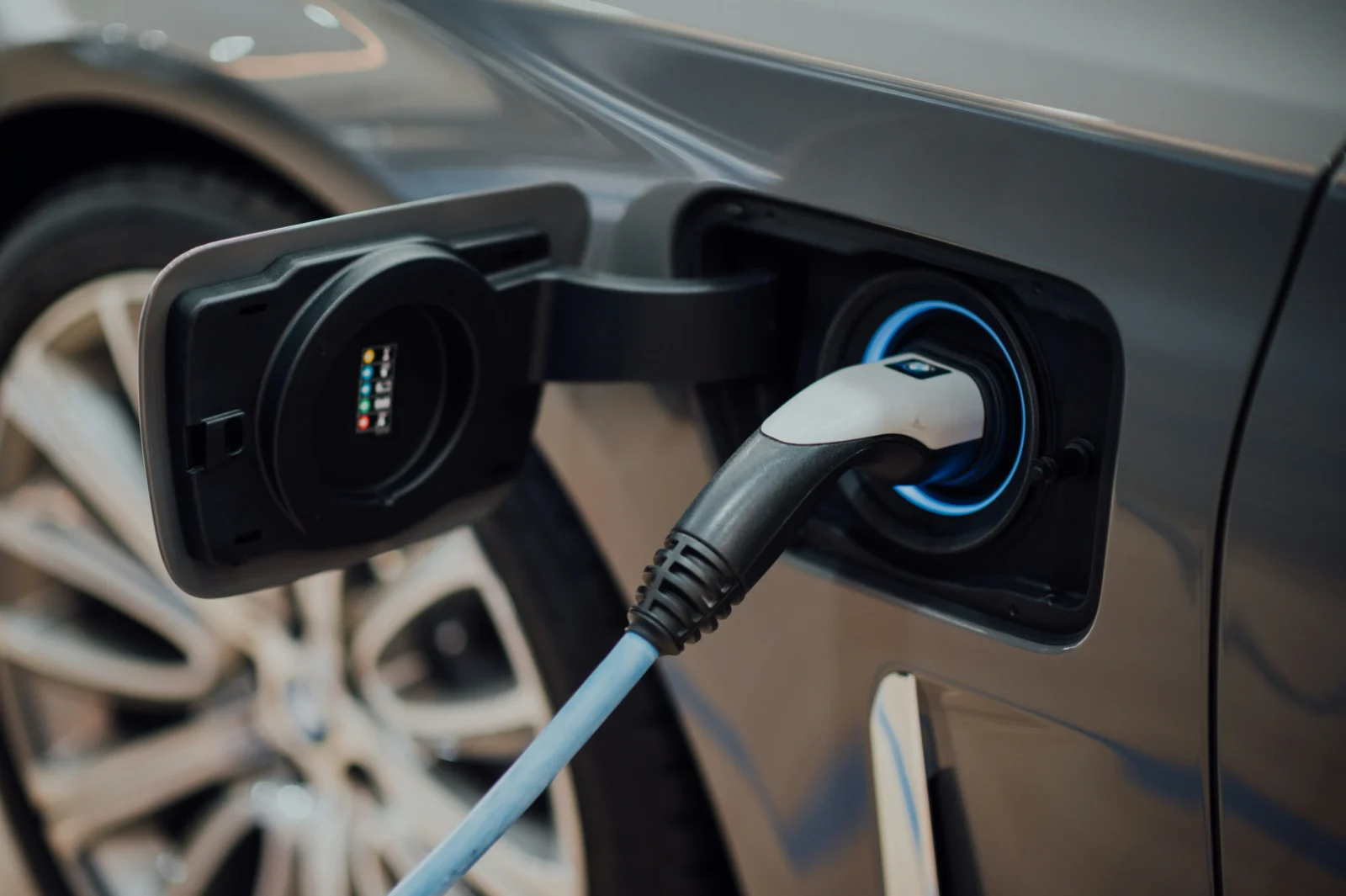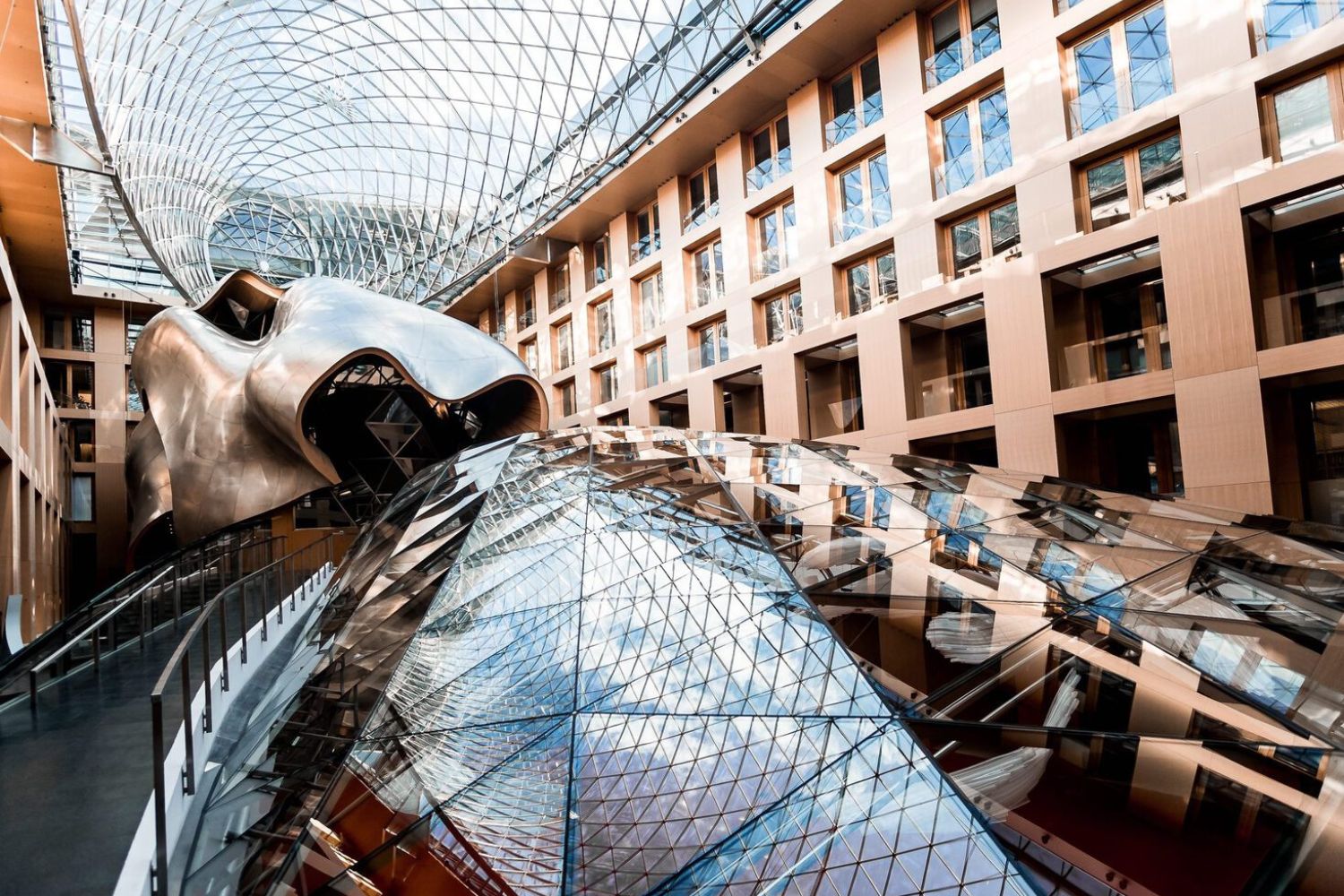- Home
- Articles
- Architectural Portfolio
- Architectral Presentation
- Inspirational Stories
- Architecture News
- Visualization
- BIM Industry
- Facade Design
- Parametric Design
- Career
- Landscape Architecture
- Construction
- Artificial Intelligence
- Sketching
- Design Softwares
- Diagrams
- Writing
- Architectural Tips
- Sustainability
- Courses
- Concept
- Technology
- History & Heritage
- Future of Architecture
- Guides & How-To
- Art & Culture
- Projects
- Interior Design
- Competitions
- Jobs
- Store
- Tools
- More
- Home
- Articles
- Architectural Portfolio
- Architectral Presentation
- Inspirational Stories
- Architecture News
- Visualization
- BIM Industry
- Facade Design
- Parametric Design
- Career
- Landscape Architecture
- Construction
- Artificial Intelligence
- Sketching
- Design Softwares
- Diagrams
- Writing
- Architectural Tips
- Sustainability
- Courses
- Concept
- Technology
- History & Heritage
- Future of Architecture
- Guides & How-To
- Art & Culture
- Projects
- Interior Design
- Competitions
- Jobs
- Store
- Tools
- More
Key Considerations in Long-Term High-Rise Building Maintenance

Maintaining high-rise buildings long-term is crucial for preserving property value, ensuring safety, and promoting sustainability. Regular inspections and preventive maintenance help identify issues early, minimize costly repairs, and enhance energy efficiency, contributing to a greener operation. Understanding the role of each building component, from structural integrity to compliance, helps ensure the building stays efficient and meets the constantly changing regulations.
Attentive maintenance not only benefits the building itself but also improves the safety and well-being of its occupants. Prioritizing safety and complying with legal standards helps create a comfortable and secure environment. This balance between operational efficiency and occupant satisfaction helps save costs while creating a thriving space for residents or tenants.
Table of Contents
ToggleStructural Integrity and Systems Maintenance
In high-rise buildings, maintaining structural integrity and building systems ensures long-term safety and efficiency. Regular upkeep and thorough inspections are needed to address potential issues and optimize functionality.
Ensuring Structural Safety
Ensuring the safety of structural systems in a high-rise is critical. Regular inspections focus on identifying potential hazards such as cracks, material wear, or foundational shifts. These inspections need to align with local building codes to catch issues early. You can use techniques like non-destructive testing to provide insights into structural health without causing any additional damage.
Maintenance plans should be proactive, scheduling tasks like visual assessments and minor repairs. This mitigates risks and extends the building’s lifespan. Using quality materials and keeping up with preventive strategies helps in maintaining the overall safety and resilience of the high-rise.
Maintaining Core Building Systems
Core building systems like HVAC, plumbing, and electrical setups require consistent maintenance to ensure operational efficiency. A company that offers reliable building maintenance can help with this by regularly inspecting HVAC systems to optimize performance and reduce energy consumption, supporting sustainable practices. Routine checks of plumbing systems can prevent leakage and water waste while verifying electrical systems helps avert potential fire hazards.
To maintain these systems, creating a detailed maintenance plan is essential. Focus on preventive and routine measures, such as replacing filters or inspecting wiring. Doing this keeps the building comfortable and safe for occupants. Addressing these areas ensures that essential services operate smoothly, enhancing both functionality and tenant satisfaction.
Environmental Considerations and Energy Management
In high-rise building maintenance, implementing sustainable technologies and optimizing energy consumption are key factors in reducing environmental impact and operational costs. Strategies vary from integrating solar panels to using advanced insulation methods.
Leveraging Sustainable Technologies
Embracing sustainable design in high-rise buildings can significantly reduce energy consumption and enhance energy efficiency. Consider installing solar panels to harness renewable energy. Solar panels can offset traditional energy use and lower electricity bills.
Incorporate heat pumps to efficiently manage heating and cooling. These systems utilize outside air, reducing reliance on fossil fuels. Upgrade insulation to maintain temperature and decrease energy loss.
Environmental efforts extend to green building practices, such as using eco-friendly landscaping. This not only improves aesthetics but also contributes to water management, reducing the need for artificial irrigation systems.
Optimizing Energy Consumption
Managing energy use in high-rise and residential buildings requires focusing on efficient systems, such as LED lighting and advanced HVAC technologies, to cut electricity costs. Lighting controls, such as dimmers and motion sensors, can further optimize usage.
Conduct regular energy audits to identify areas for improvement. These audits help determine how to enhance systems and achieve sustainability goals. Prioritize upgrading HVAC systems as they account for significant energy use.
By implementing energy-efficient strategies, building managers can achieve long-term benefits. These practices not only lower costs but also support efforts in maintaining an eco-friendly footprint.

Safety, Compliance, and the Human Factor
In maintaining high-rise buildings, prioritizing safety and compliance is essential. Addressing the human factor can enhance the building’s overall environment, improving safety and productivity for all occupants.
Adhering to Building Codes and Regulations
When dealing with high-rise buildings, adhering to the International Building Code (IBC) is crucial. This ensures your building meets the required standards for structural integrity and safety. Regular inspections and audits are necessary to maintain compliance with various safety regulations, such as installing and maintaining an effective sprinkler system to meet life safety requirements.
Proper ventilation, heating, and air conditioning systems are vital to meet energy efficiency and sustainability standards. Keeping these systems up to code helps preserve property value and reduces potential liability risks. Collaborating with stakeholders, including maintenance teams and regulatory bodies, helps you stay informed of changes in building codes, ensuring ongoing compliance.
Promoting Occupant Well-Being and Productivity
Enhancing the well-being and productivity of building occupants involves considering the human factors that influence their daily experience. Ensuring proper ventilation and air quality can significantly impact health, reducing sick days and enhancing overall well-being. A well-maintained air conditioning system regulates temperature, directly affecting comfort and productivity.
Investing in safety features, such as well-marked emergency exits and state-of-the-art fire alarm systems, reassures occupants about their safety. Regular safety drills and clear communication channels further promote a sense of security and preparedness. Engaging with building occupants and addressing their concerns encourages a proactive approach to maintenance that benefits both safety and productivity.
Conclusion
The long-term maintenance of high-rise buildings plays a crucial role in ensuring not only the safety and functionality of the building but also its environmental sustainability and energy efficiency. Regular inspections, proactive maintenance, and compliance with evolving building codes are essential to mitigate risks and enhance the overall lifespan of the property. By implementing sustainable technologies, optimizing energy consumption, and addressing the needs of both the structure and its occupants, building managers can foster a comfortable, secure, and efficient environment. Ultimately, a comprehensive and proactive approach to high-rise building maintenance will result in cost savings, enhanced tenant satisfaction, and a lasting positive impact on the building’s value and reputation.
illustrarch is your daily dose of architecture. Leading community designed for all lovers of illustration and #drawing.
Submit your architectural projects
Follow these steps for submission your project. Submission FormLatest Posts
Furniture Movers by the Hour: Complete Guide to Hourly Moving Services in 2025
Introduction Furniture movers by the hour are professional moving services that charge...
Where To Charge Rivian: Complete Guide to Charging Locations and Networks
Introduction Rivian electric vehicle owners can charge their vehicles through multiple charging...
Frank Gehry Architecture: Style, Innovation and Iconic Works
Frank Gehry is one of the most influential architects of our time,...
The Dialogue Between Islamic Architecture and Modern Design
Explore Islamic architecture and modern design: climate-smart strategies, case studies, and courtyards,...












Leave a comment